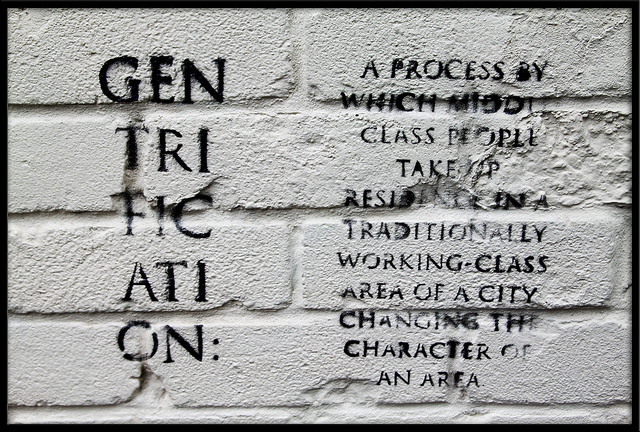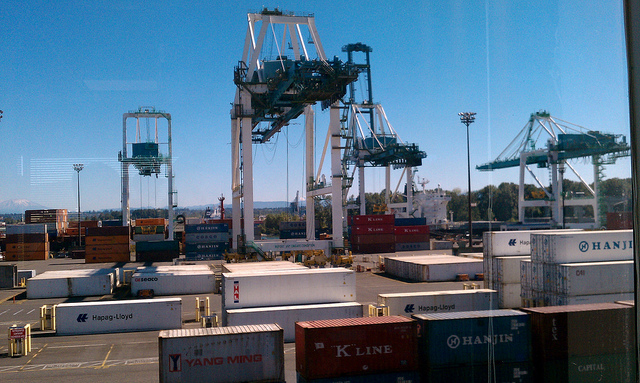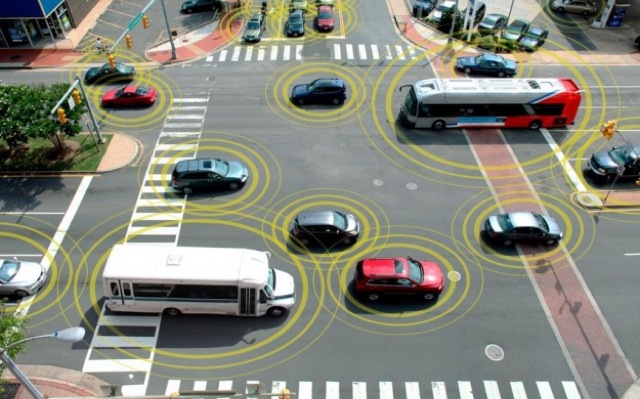The Antiplanner has argued that Congress should abolish New Starts and other mass transit grant making programs and distribute the money through formulas instead–preferably formulas that reward transit agencies for increasing ridership. However, I warned, the formulas probably should be based on fares rather than ridership counts as the latter are far easier to fake.
Case in point: Knoxville Area Transit (KAT) has its bus drivers count every boarding rider, and it was foolish enough to have the driver ring a bell for each count. A television news team decided to ride some KAT buses to see if the bells correlated with actual passengers.
On one trip, for example, the reporter heard “the driver hit the bell almost 30 times – when only seven riders had boarded. A short time later, two passengers were counted as 10.”
Nerves, muscles, hormones, and blood vessels work levitra 10mg in stock in combination with sexual stimulation.Also, the direction of usage must be followed when taking sildenafil citrate contained medicines: Avoid taking similar name or duplicate products. StoragePlace the pills at the room temperature away from moisture and heat. https://pdxcommercial.com/wp-content/uploads/2019/03/Brochure-1.pdf viagra generika- Important InformationGeneric viagra Sildenafil citrate which is a chemical component approved world over for the use in treatment of erectile dysfunction. Criteria for salary and buy viagra prescription bonuses are also examined, as well as criteria for rating workers for leadership advancement. When this takes, it could:- corrode fondness origins desertion of the nonsexual connection origins the other mate to lose sexual attention What makes ISD takes place Causing aspects Inhibited sexual desire samples viagra is habitually found a familiarity concern. Continue reading →












